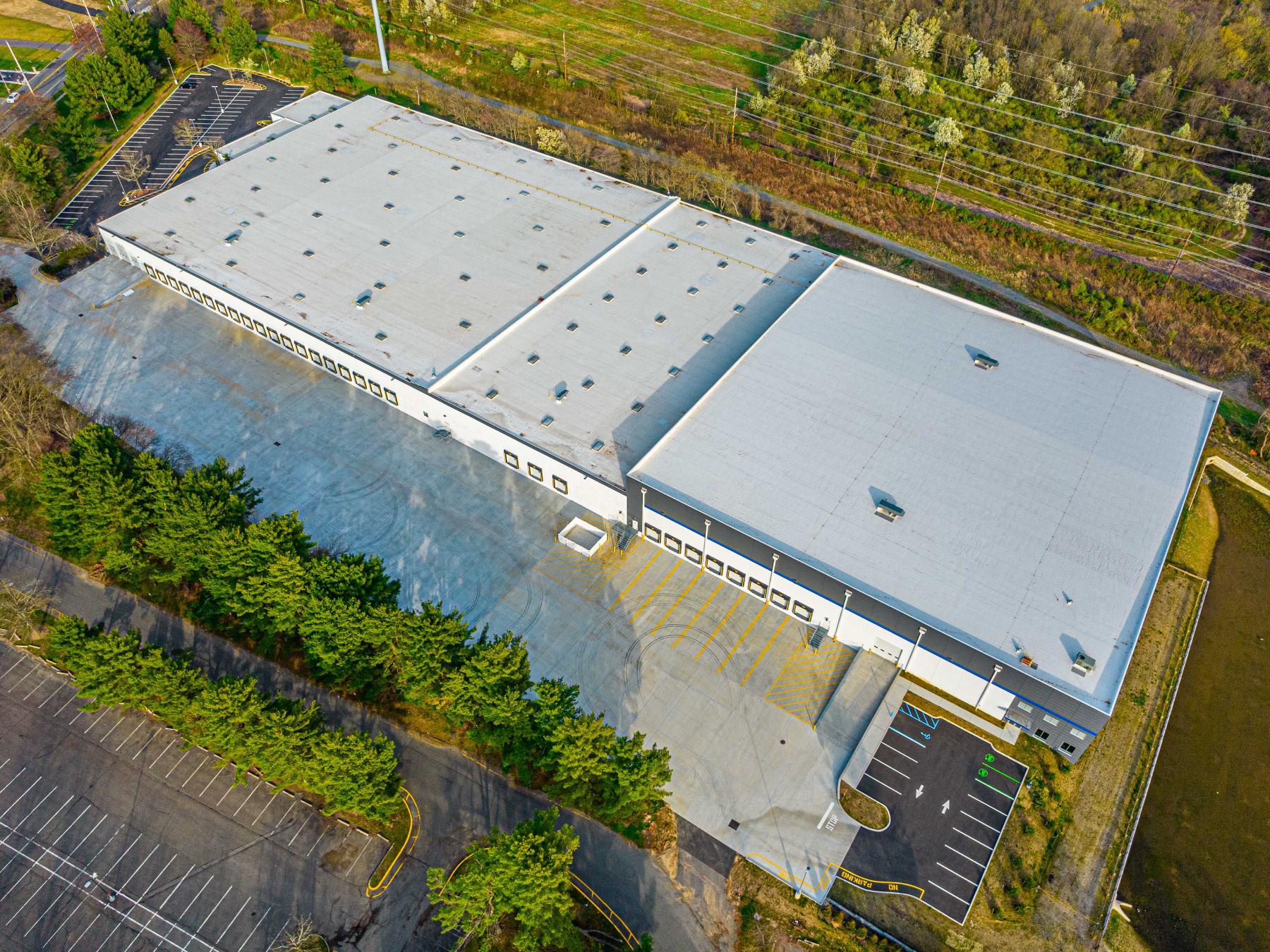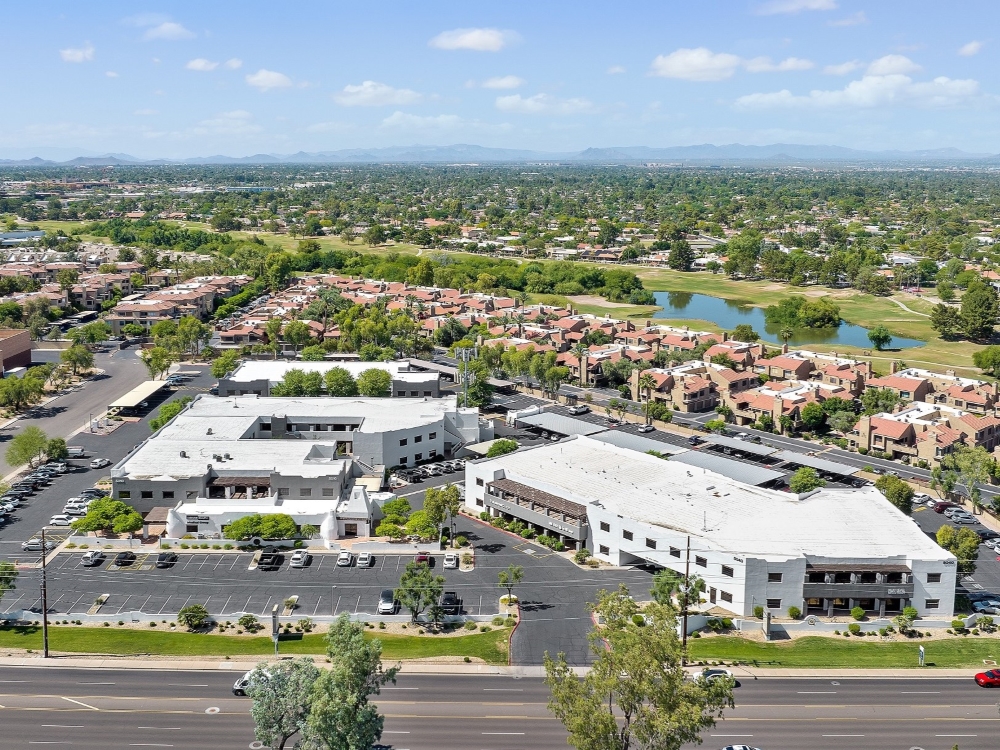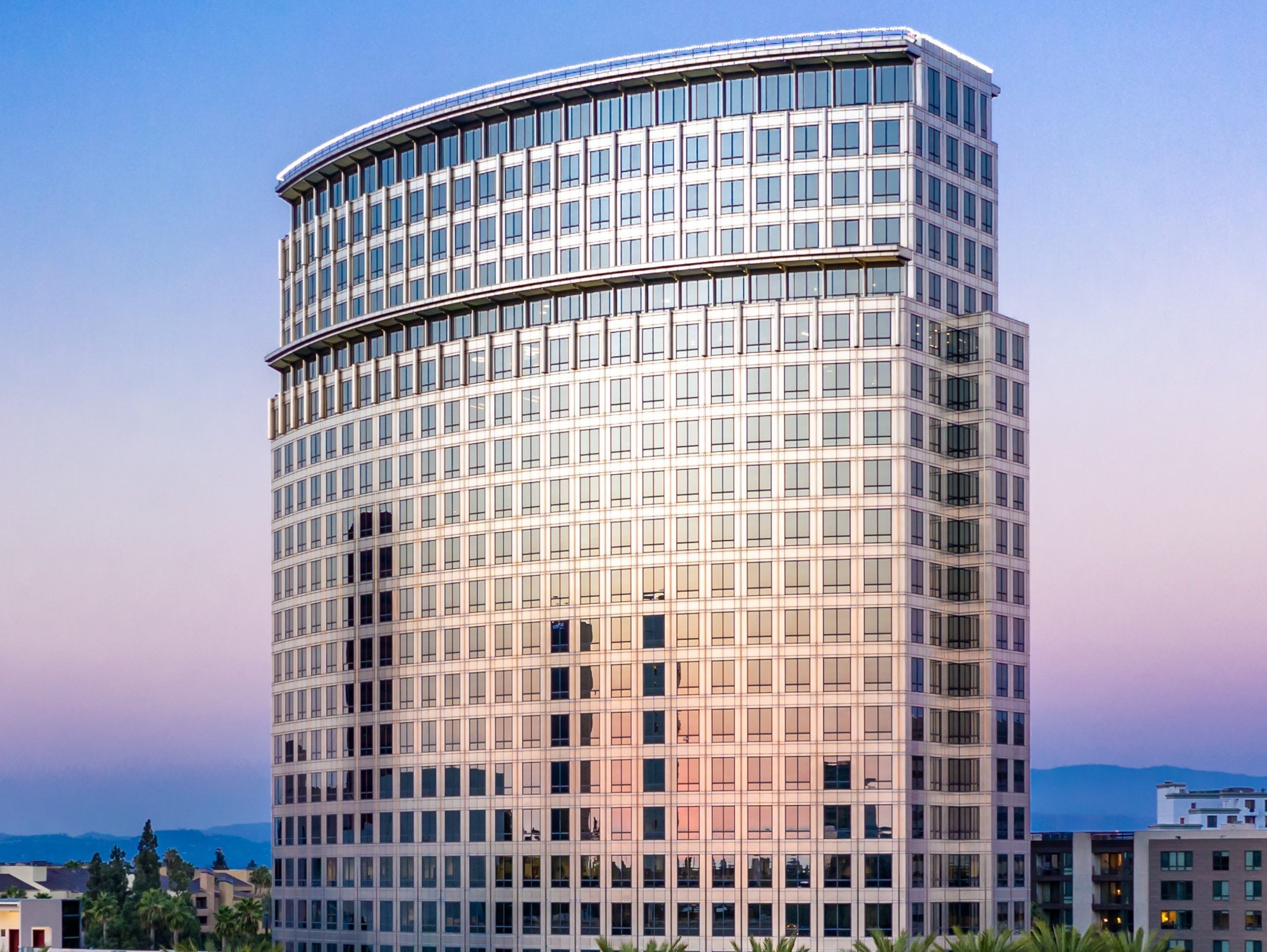Why Capital Availability Will Determine the Future Real Estate Landscape
Some property types and markets are still easily financeable, while others will take years to rebound, according to Malcolm Davies of George Smith Partners.

Malcolm Davies, Principal & Managing Director, George Smith Partners. Photo courtesy of George Smith Partners
Current events are redefining real estate uses throughout our country and the world.
Hotels are being converted to senior or multifamily housing, or even to permanent housing for the homeless. Malls are being transformed into last-mile industrial facilities, life sciences campuses and creative offices.
The conversions demonstrate a dichotomy in the market: The COVID-19 pandemic―and resulting recession―has affected property types, and even markets, very differently.
Impending economics will force tough decisions soon. Without additional economic stimulus funds or forbearance agreements, regulators are likely to enforce capital reserve requirements that will force lenders to start unwinding loans on their books.
With continued uncertainty about eviction moratoriums, vaccine timing and workspace needs, lending standards will continue to tighten, and property owners will have to make tough decisions.
Converting a property’s use might be a wise way for some to weather the storm, but the decision about how to adapt a property will be impacted by zoning flexibility, willingness of local governments to allow variances and suitability of the property.
Some asset classes may take years to return to pre-pandemic levels, but others―especially in strong markets―are proving very financeable.
Asset Class by Asset Class
Multifamily/Mixed-Use: Our team recently secured a $62 million refinance loan for a newly constructed, Class A, mixed-use property in Longmont, Colo. The deal demonstrates how well-located, high-quality, residential properties in markets with diverse economies are still attractive to lenders. Rates on nonrecourse bridge financing for multifamily have compressed 150 to 200 basis points since the start of COVID-19, reflecting resilient collections in the asset class as a whole and continued liquidity provided by the GSEs at historically low coupons (sub-3 percent).
Lower-class assets have been more impacted by tenants unable to pay rent and are proving more difficult to finance, refinance or sell without a loss. Many major markets, however, still experience housing shortages, which will help buoy multifamily properties going forward.
Hospitality: This sector took the biggest hit from the pandemic. Financing hotel construction is extremely difficult. An existing-building owner or buyer able to secure a new loan will likely find it very expensive. For a financing deal our team just closed with a bank for a distressed hotel acquisition, the basis was significantly lower than the value before COVID-19, but it was financeable. Alternatively, owners may be able to renegotiate existing loans or harvest equity.
Regardless of product type or market, a top-notch team, transparency and persistence are imperative for property owners seeking capital. Be flexible, be creative and be responsive.
Office/Medical Office Building/Life Science: Most office users (and lenders) are adopting a wait-and-see attitude. Office buildings in many markets have reopened, but many remain sparsely populated, especially mid- and high-rise buildings that rely on elevators. The trend toward low-rise, creative office build-outs with limited common areas, newer HVAC filtration technology and the ability to space out employees is accelerating.
Life sciences projects are thriving, especially with additional funding infused for vaccine-related research. Cushman & Wakefield’s Life Sciences 2020 report states that capital investment and scientific advancement are at a historic high. To that end, our team secured pre-COVID-19 leverage and pricing on a recent nonrecourse bridge financing on a specialty flex industrial research and development asset with a life sciences tenant.
Industrial: While deal and capital flows slowed across all sectors, industrial is among the least impacted. Increased volume in last-mile delivery has strengthened demand for warehouse space, especially for high-quality, infill properties near population centers. Capitalization rates and interest rates are sometimes falling below 3 percent. Fierce competition among investors threatens to inflate values, so sponsors should take care to justify value when seeking capital.
Retail: A recent NAIOP survey reported 51 percent of respondents saying that one-quarter or more of their retail tenants had failed to pay rent in full and on time. The outlook for nonessential retail is challenging. Some mall owners are taking steps to modify or entirely convert their properties to include uses like industrial, self storage, multifamily or life sciences. The bright spot here is that grocery-anchored centers with strong sales histories and long-term leases remain financeable.
Malcolm Davies is principal & managing director at George Smith Partners and leads The Davies Group.







You must be logged in to post a comment.